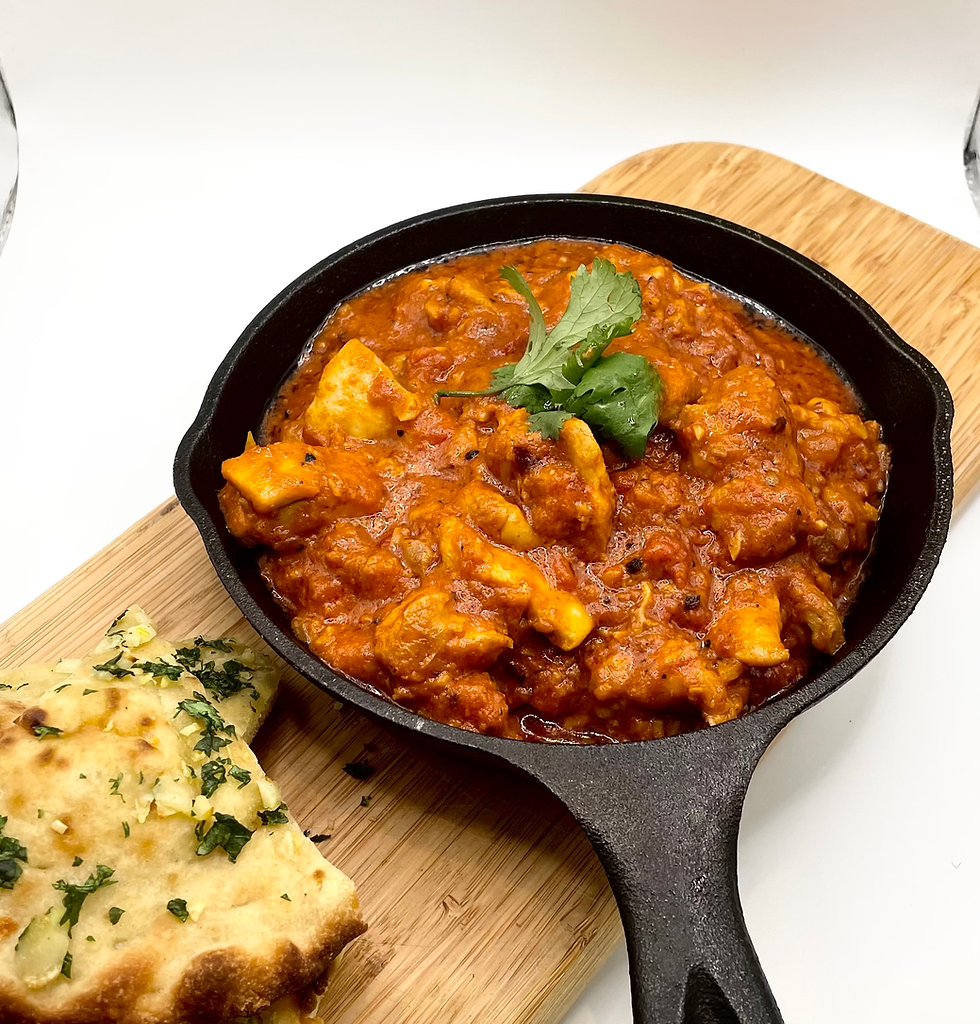Borscht - Ukraine
- ecozcan
- Jul 21, 2024
- 4 min read
Updated: Oct 18, 2024
Borscht is more than just a soup. It is a cultural emblem, a deeply rooted dish that has sustained generations, especially in Ukraine. Its vibrant red color, the richness of its flavors, and the warmth it brings to those who share it make it a perfect metaphor for the Ukrainian spirit—resilient, vibrant, and unyielding in the face of adversity.
The Origins of Borscht
Though borscht can be found across Eastern Europe, its origins lie firmly in Ukraine. The dish, typically made with beets, cabbage, potatoes, and a variety of vegetables, often includes a rich meat broth or can be served as a vegetarian delight. Each region—and often each family—has its own twist on the recipe, but the fundamentals remain the same.
In Ukraine, borscht is more than food. It is a celebration of the land’s agricultural bounty and a reflection of the seasons. The use of beets, one of the heartiest and most nutrient-rich vegetables, reflects the way Ukrainian cuisine has long been tied to the rhythms of nature and the importance of sustainable, farm-to-table cooking long before it became a global trend.
A Cultural Pillar
For many Ukrainians, borscht is synonymous with home and family. It is often the centerpiece of gatherings, an offering that speaks to tradition and shared memory. Each spoonful tells the story of a nation that has been shaped by centuries of struggle, from the hardships of famine to the ongoing political upheavals.
Historically, borscht has symbolized a people’s perseverance through difficult times. During Soviet rule, when the Ukrainian identity was often suppressed, borscht persisted as a marker of cultural heritage. In more recent times, especially during moments of national crisis, borscht continues to serve as a reminder of the shared values and deep-rooted traditions that bind Ukrainian communities together.
Preparing Borscht
The process of making borscht is almost as important as the dish itself. It’s a labor of love, taking time and care to prepare. Traditionally, borscht begins with a slow-cooked broth, often made from pork or beef, though vegetarian versions are also common. Beets, which give borscht its distinctive red color, are grated or finely chopped, along with cabbage, carrots, potatoes, and sometimes beans. Each ingredient adds a layer of flavor, and the balance of sweet, sour, and savory is perfected by the addition of vinegar or lemon juice.
Borscht is typically served with a dollop of sour cream and a sprinkling of fresh dill. It's eaten hot in the winter for comfort and nourishment, but a cold version is also enjoyed in the summer. Regardless of the season, borscht is a dish that brings people together, fostering connection and unity around the table.
Ukraine’s Struggles and the Symbolism of Borscht
Today, Ukraine faces enormous challenges, many of which mirror the nation's long history of resilience. The war that began in 2014 with Russia’s annexation of Crimea, and the subsequent conflict in the eastern regions, has torn families apart and caused widespread displacement. In 2022, Russia’s full-scale invasion escalated the crisis, bringing devastation to cities and villages across Ukraine.
In this difficult context, borscht takes on even more meaning. It represents not only a connection to heritage but also defiance in the face of attempts to erase Ukrainian identity. UNESCO recognized borscht as part of Ukraine’s intangible cultural heritage in 2022, a designation that underscored the importance of the dish to Ukrainian culture and identity, especially during a time of war.
For Ukrainians, borscht is a symbol of endurance, a connection to their roots, and a reminder of what they are fighting to protect—their land, their culture, and their sovereignty.
How You Can Help
The crisis in Ukraine is ongoing, and millions of people continue to be affected by the conflict. Here are some actionable ways you can help:
Donate to Humanitarian Aid Organizations: Several international and local organizations are providing essential supplies such as food, medical aid, and shelter to those affected by the war. Organizations like the Ukrainian Red Cross, CARE, and United Help Ukraine are reliable ways to ensure your donation directly helps those in need.
Support Ukrainian Refugees: The war has displaced millions of people. Offering support to Ukrainian refugees in your own country, through housing, job opportunities, or simply community outreach, can make a huge difference.
Amplify Ukrainian Voices: Staying informed and sharing accurate information about the situation in Ukraine is critical. By raising awareness about the conflict, you can help counter misinformation and keep global attention on the crisis.
Advocate for Stronger International Support: Encourage your local representatives to support policies that provide aid to Ukraine, including sanctions on aggressors, humanitarian support, and diplomatic efforts to end the conflict.
Purchase Ukrainian Goods: Buying from Ukrainian businesses—whether food, crafts, or art—helps sustain the economy during a time of war. Many small businesses are still operating despite the conflict, and your purchases can provide direct support.
Borscht is a reminder of the beauty, strength, and resilience of the Ukrainian people. As the country continues to fight for its survival, this simple dish becomes a powerful symbol of what is at stake—the preservation of a rich cultural identity that has withstood the test of time. By appreciating the cultural significance of borscht and taking actionable steps to support Ukraine, we can stand in solidarity with a nation that, like its beloved soup, will not be easily broken.



Comments